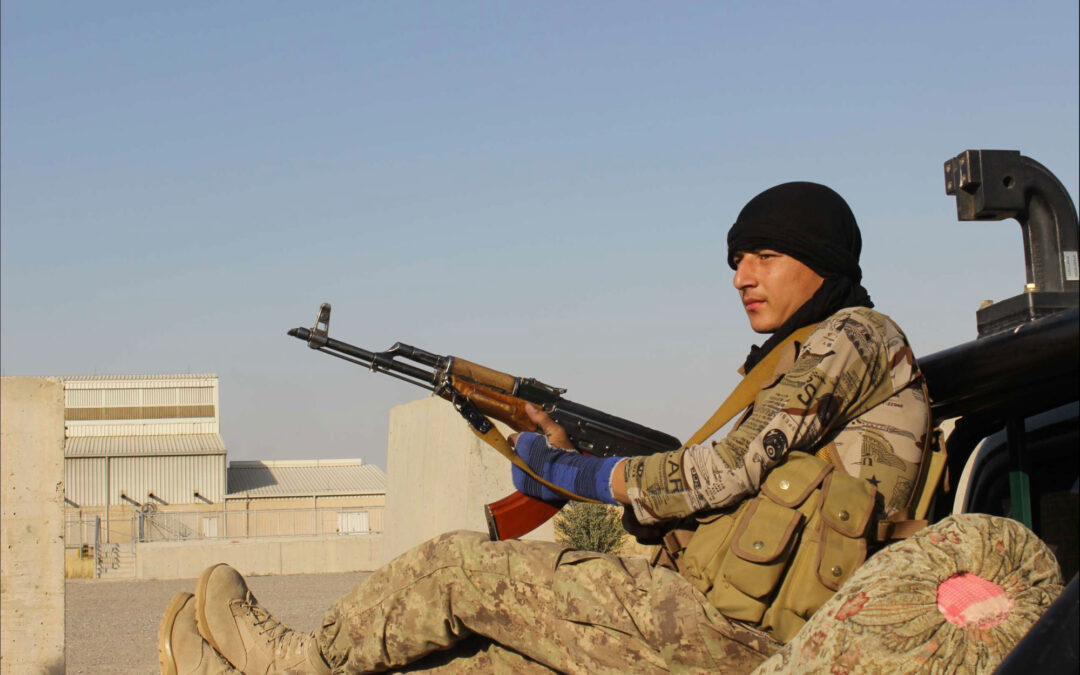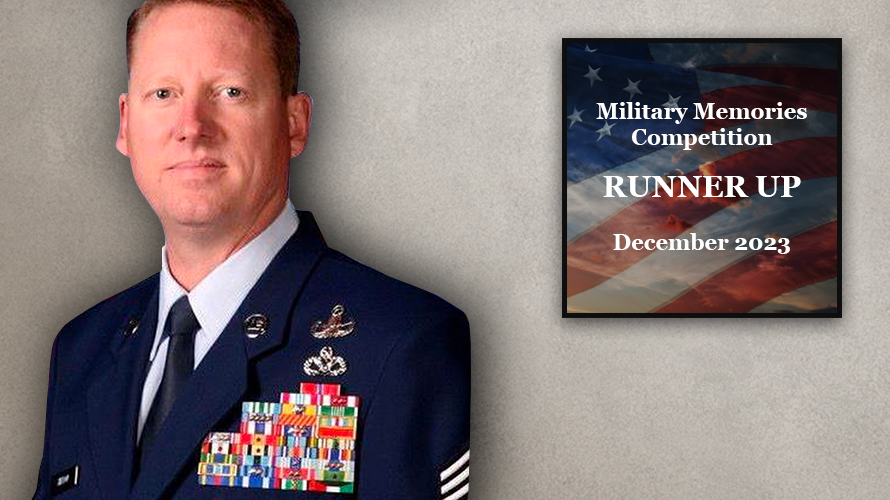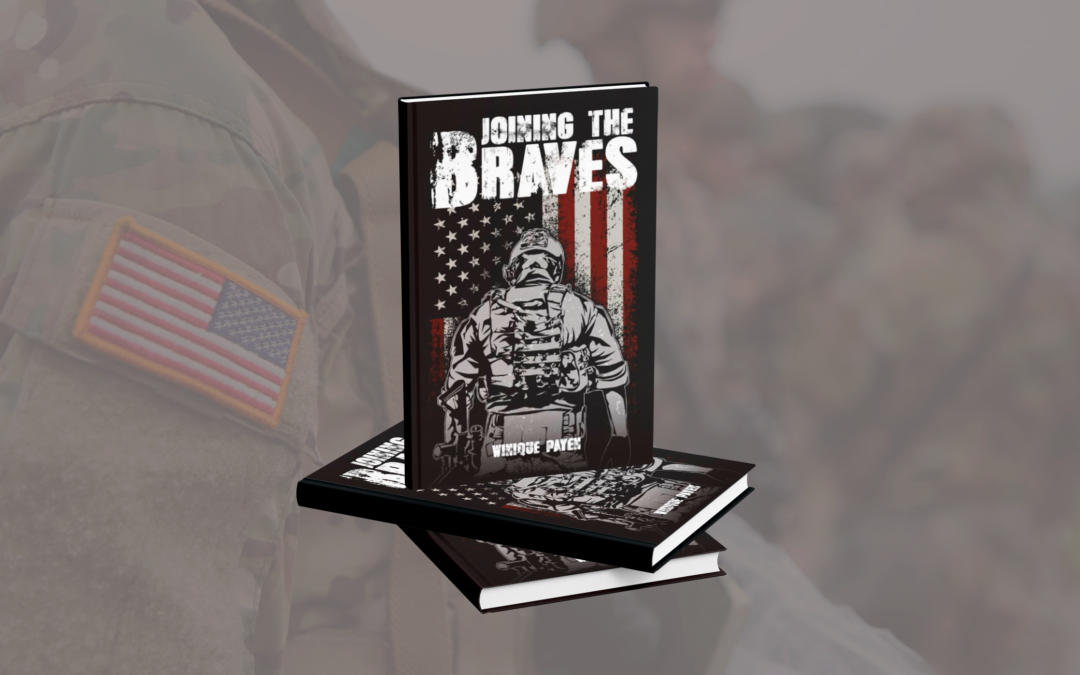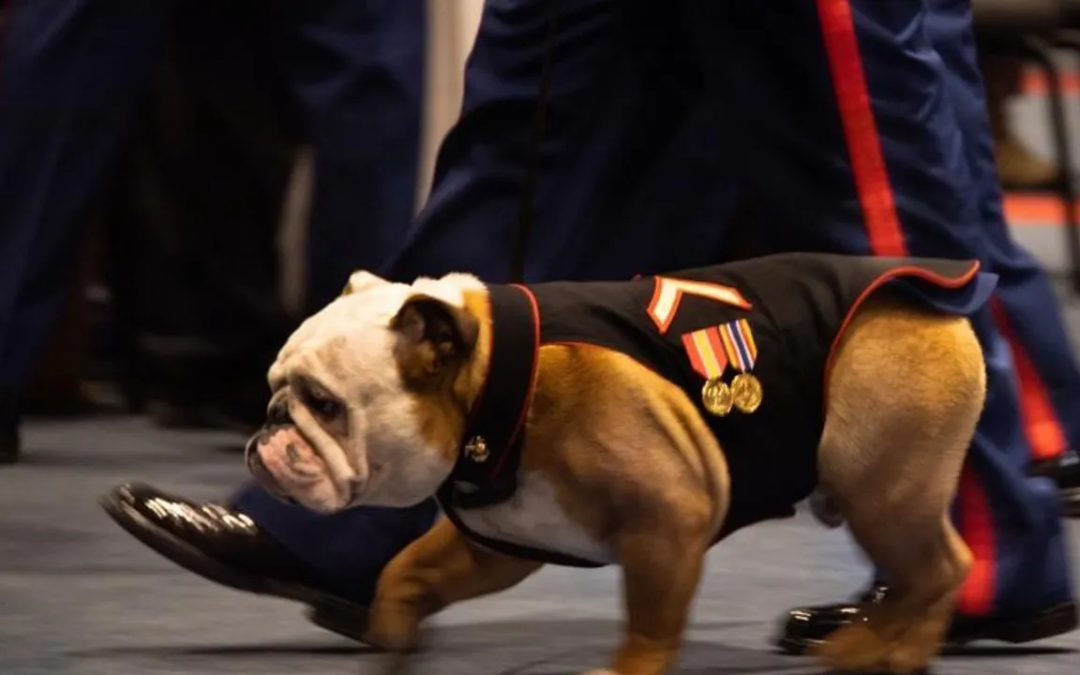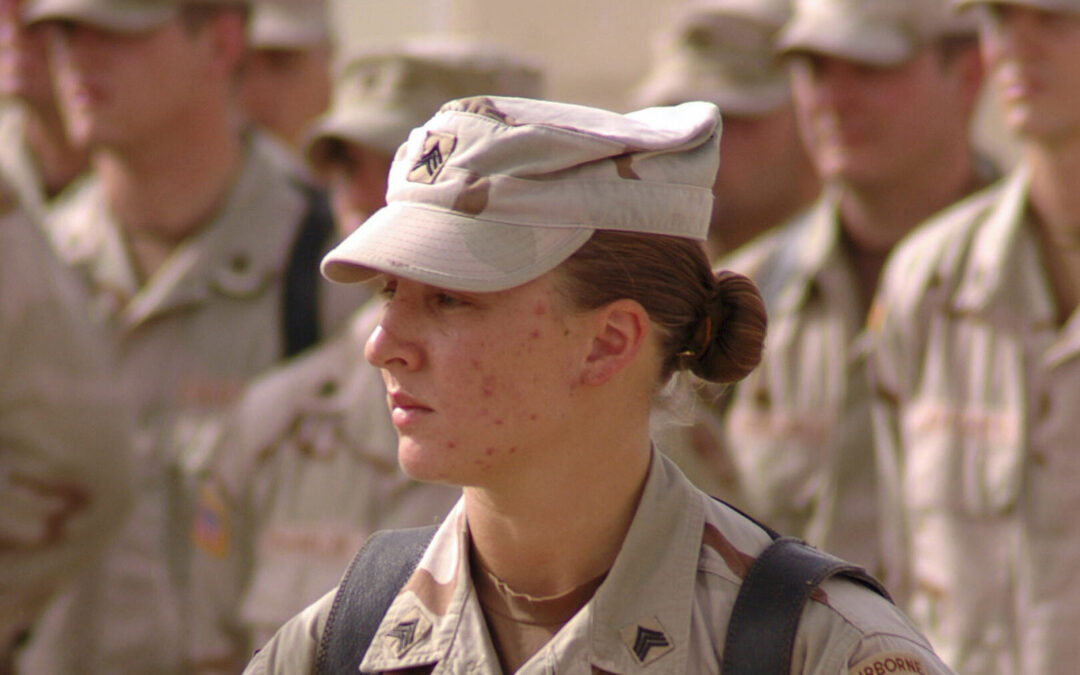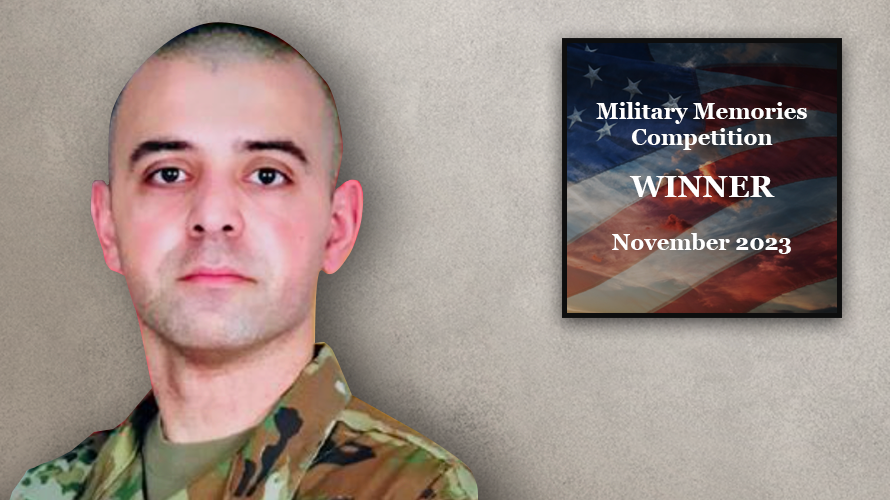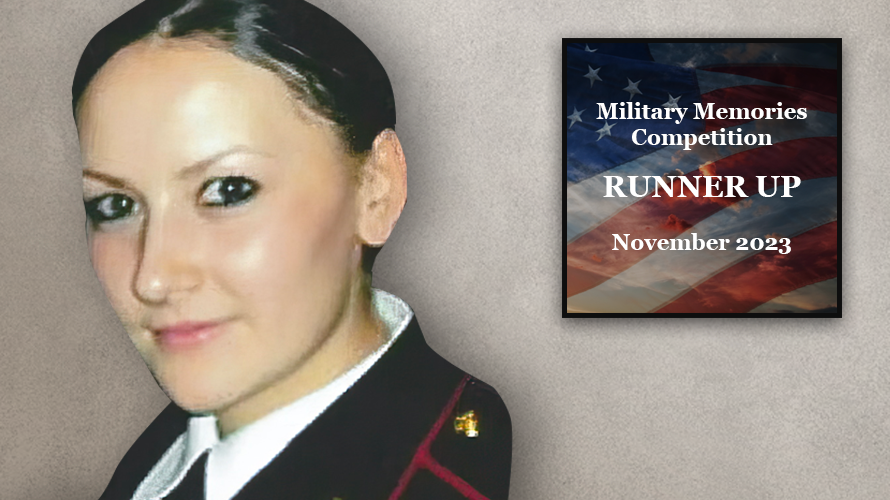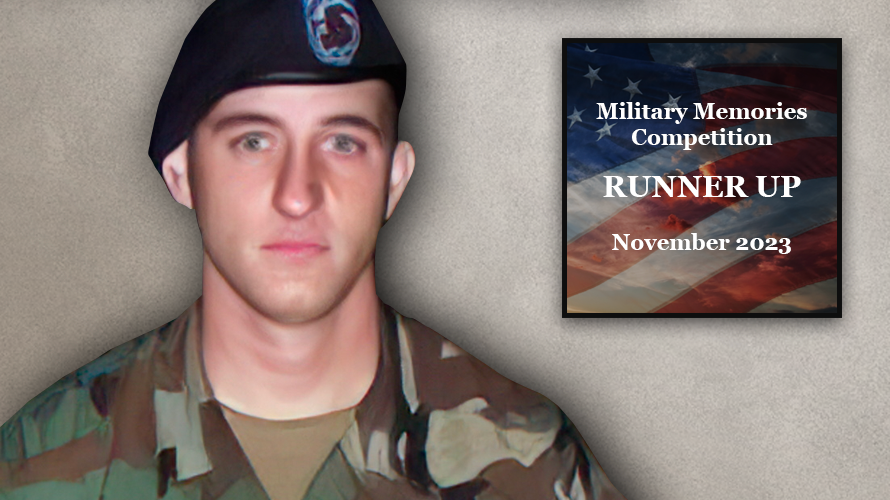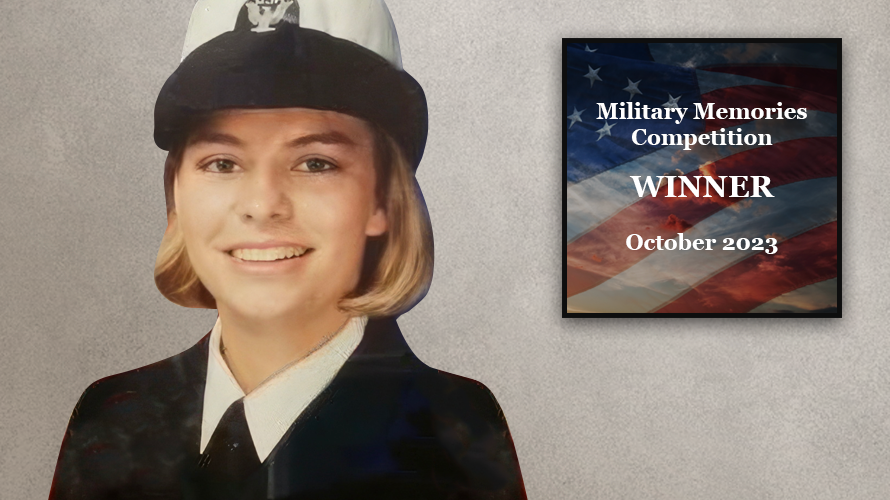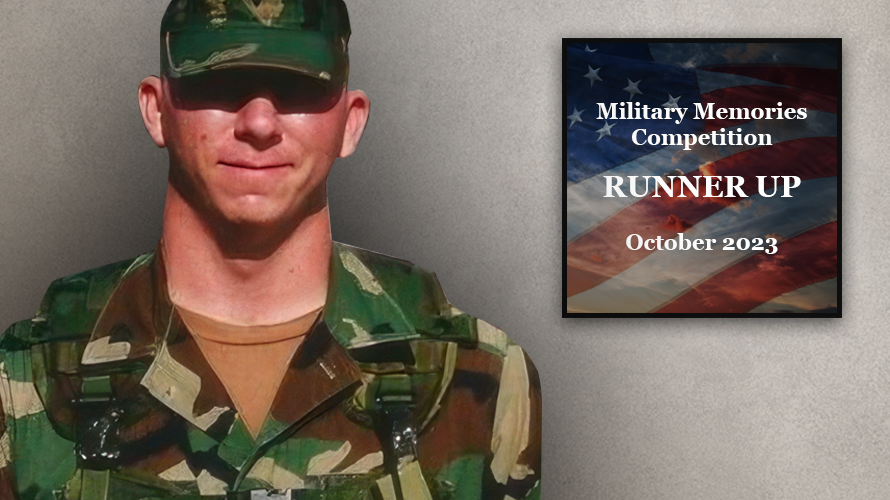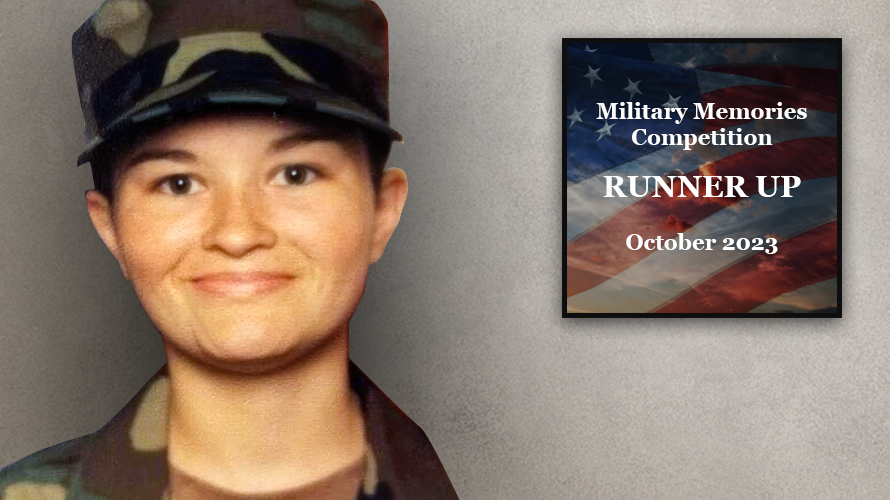The Battle of Kunduz took place from April to October 2015 for control of the city of Kunduz, located in northern Afghanistan, with Taliban fighters attempting to displace Afghan security forces. On September 28, 2015, the Taliban forces suddenly overran the city, with government forces retreating outside the city. The capture marked the first time since 2001 that the Taliban had taken control of a major city in Afghanistan. The Afghan government claimed to have largely recaptured Kunduz by October 1, 2015, in a counterattack, although local sources in the city disputed the claim made by government officials. Twelve hospital staff of Medecins Sans Frontieres (Doctors Without Borders) and ten patients, including three children, were killed on October 3rd by a prolonged series of U.S. airstrikes on Kunduz Trauma Centre, an emergency trauma hospital run by the agency. Thirty-seven people were injured including nineteen staff members The Initial Attack of the Battle of Kunduz The Taliban...
